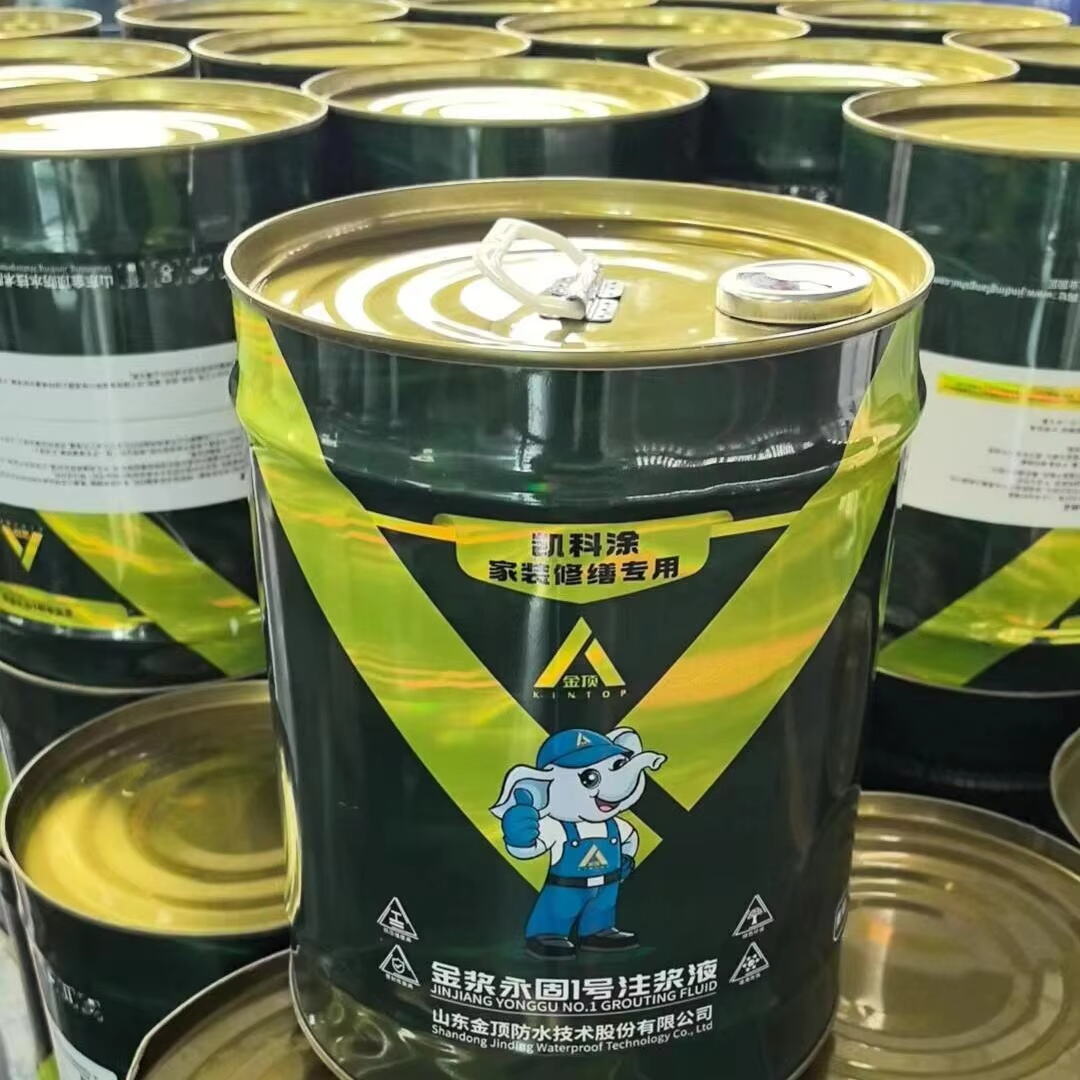Understanding Polyurea Coating's Temperature Performance Range
Polyurea coating has emerged as a revolutionary protective solution across diverse climatic conditions, demonstrating remarkable resilience in both extreme cold and scorching heat. This advanced coating technology has transformed how industries approach surface protection, offering unparalleled durability regardless of temperature fluctuations. Its unique molecular structure and rapid-cure properties make it an ideal choice for applications where traditional coatings might fail under thermal stress.
When facilities managers and contractors select protective coatings, temperature performance becomes a crucial consideration. Polyurea coating stands out for its ability to maintain structural integrity and protective properties across a wide temperature spectrum, from sub-zero conditions to intense heat waves. This versatility has made it increasingly popular in various applications, from industrial flooring to infrastructure protection.

Cold Weather Performance Characteristics
Flexibility and Impact Resistance in Low Temperatures
Polyurea coating exhibits exceptional flexibility even in extremely cold conditions, maintaining its elastic properties when other coatings become brittle and crack. This remarkable characteristic stems from its unique chemical composition, which allows the material to flex and move with the substrate as temperatures drop. The coating can withstand impact and maintain its protective barrier even when exposed to temperatures as low as -40°F.
During winter months, the coating's ability to resist thermal shock becomes particularly valuable. As temperatures fluctuate between freezing nights and warmer days, polyurea coating adapts without compromising its structural integrity. This flexibility prevents delamination and ensures continuous protection of the underlying substrate.
Moisture Resistance in Cold Environments
One of the most challenging aspects of cold weather protection is managing moisture exposure. Polyurea coating creates an impermeable barrier that prevents water infiltration, protecting surfaces from freeze-thaw damage. This becomes especially important in regions where snow and ice are common, as the coating prevents moisture from penetrating and causing substrate deterioration.
The coating's rapid cure time, even in cold conditions, ensures that application can proceed in less-than-ideal weather conditions. This characteristic significantly extends the working season for contractors and reduces project delays due to weather constraints.
Heat Performance and Durability
UV Stability and Color Retention
In high-temperature environments, polyurea coating demonstrates outstanding UV resistance, maintaining its appearance and protective properties despite intense sun exposure. The coating's advanced formulation includes UV stabilizers that prevent degradation and color fading, ensuring long-term aesthetic appeal alongside functional protection.
Unlike conventional coatings that may soften or become tacky in extreme heat, polyurea coating maintains its hardness and wear resistance even in temperatures exceeding 200°F. This stability makes it ideal for outdoor applications where surface temperatures can soar during summer months.
Thermal Cycling Resistance
The coating's ability to withstand repeated thermal cycling - transitioning between hot and cold temperatures - sets it apart from traditional protective solutions. This resistance to thermal shock prevents cracking, peeling, and delamination that often plague less advanced coating systems. The material's molecular structure allows it to expand and contract without losing adhesion or protective properties.
Industrial applications particularly benefit from this characteristic, as equipment and structures often experience significant temperature variations throughout operational cycles. The coating's ability to maintain performance through these fluctuations ensures consistent protection and reduces maintenance requirements.
Application Considerations Across Climate Zones
Surface Preparation Requirements
Successful polyurea coating application requires careful attention to surface preparation, regardless of climate conditions. In cold weather, ensuring surfaces are completely dry and free from ice or frost becomes crucial. Substrate temperature must be maintained above the dew point to prevent moisture-related adhesion issues.
Hot weather applications present their own challenges, requiring careful timing to avoid excessive substrate temperatures that could affect cure times and adhesion. Proper surface preparation techniques may need to be adjusted based on ambient conditions to achieve optimal results.
Climate-Specific Installation Techniques
Application methods and equipment settings often require adjustment based on local climate conditions. In cold weather, material heating systems may need to be modified to maintain proper spray characteristics. Conversely, hot weather applications might require cooling systems or adjusted work schedules to ensure optimal application conditions.
Experienced contractors understand the importance of monitoring environmental conditions and adjusting application parameters accordingly. This expertise ensures consistent coating quality regardless of climate challenges.
Long-term Performance and Maintenance
Weather-Related Inspection Protocols
Regular inspection of polyurea coating installations helps identify and address any climate-related issues before they become significant problems. In cold climates, particular attention should be paid to areas subject to snow accumulation or ice formation. Hot climate inspections focus on UV exposure effects and potential thermal expansion impacts.
Developing climate-specific maintenance schedules ensures optimal coating performance throughout its service life. This proactive approach helps maintain the coating's protective properties and extend its functional lifespan.
Climate-Based Maintenance Strategies
Maintenance requirements for polyurea coating vary based on environmental exposure. Cold climate maintenance focuses on impact damage from snow removal and de-icing activities. Hot climate maintenance emphasizes UV protection and heat-related stress monitoring.
Regular cleaning and inspection protocols should be adjusted according to local weather patterns and environmental conditions. This tailored approach ensures the coating continues to perform effectively regardless of climate challenges.
Frequently Asked Questions
What temperature range can polyurea coating withstand?
Polyurea coating typically performs effectively in temperatures ranging from -40°F to over 200°F, maintaining its protective properties and flexibility throughout this range. The exact temperature resistance may vary slightly depending on specific formulations and application requirements.
How does extreme weather affect the lifespan of polyurea coating?
When properly applied, polyurea coating maintains its performance characteristics for 20-30 years, even in extreme weather conditions. Regular maintenance and inspections can help extend this lifespan, particularly in areas with severe climate exposure.
Can polyurea coating be applied in any weather condition?
While polyurea coating is highly versatile, application should occur within manufacturer-specified temperature and humidity ranges for optimal results. Surface preparation and application techniques may need adjustment based on environmental conditions to ensure proper cure and adhesion.

